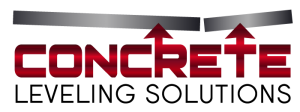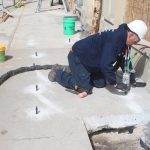**Definition and Scope of Safety**:
– Safety originates from the Latin word ‘salvus’ meaning uninjured or in good health.
– Safety encompasses protection against external harm and ensuring internal installations are secure.
– It is defined by public codes, standards, designs, and operational plans.
– While security and safety are related, security focuses on protecting against internal and external threats to maintain an organization’s purpose.
**Types and Categories of Safety**:
– Different types of safety include normative safety meeting design and construction standards, substantive safety with a positive real-world safety history, and perceived safety based on user comfort and risk perception.
– Products can be categorized as meeting safety standards, feeling safe, or being truly safe.
– Perceived safety can influence regulations and behaviors.
**Risks, Responses, and Safety Measures**:
– Safety aims to reduce risks of death, injury, or property damage.
– Interventions like engineering solutions, regulations, and insurance address safety concerns.
– Safety measures include chemical analysis, destructive testing, drug testing, and activities by specialists to minimize physical stress or increase productivity.
– Measures like geological surveys, industry regulations, and system safety engineering ensure safety.
**Standards Organizations and Compliance**:
– Various standards organizations like ASME, TÜV Rheinland, ANSI, CEN, and EFSA set safety standards and frameworks.
– Accreditation Bodies authorize third parties for compliance inspections.
– Government agencies like the FDA, EPA, and European Commission mandate compliance with safety standards.
– Compliance with safety regulations is crucial in different regions like the United States, European Union, and other countries.
**Global Safety Standards and Certifications**:
– Organizations like ISO, British Standards Institution, and national safety organizations in countries like Canada and Germany set safety standards.
– Testing laboratories worldwide provide safety certifications.
– Notified or Competent Bodies conduct safety testing to ensure products meet international standards.
– Safety certifications play a vital role in ensuring product quality and compliance with global safety regulations.








Recent Comments